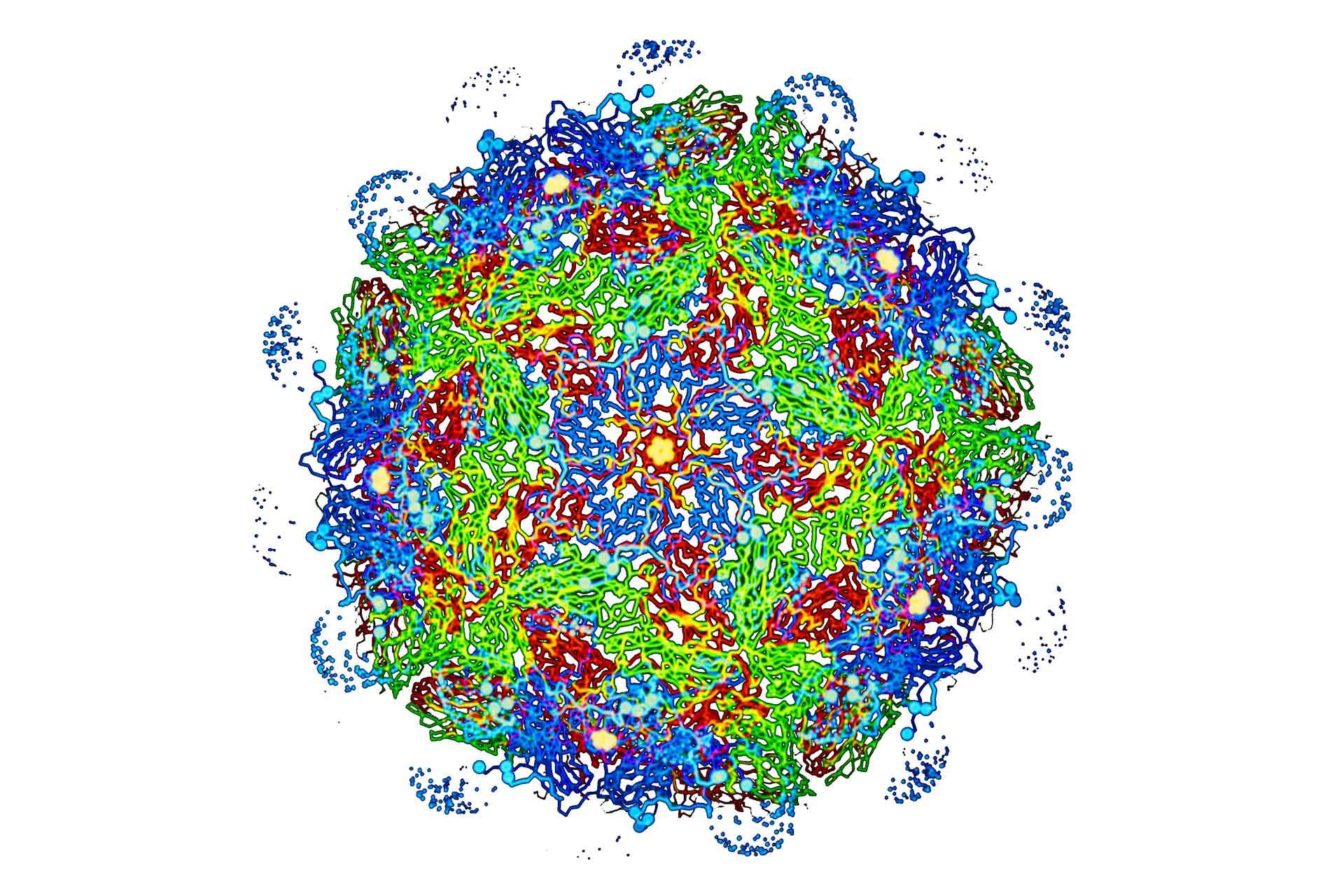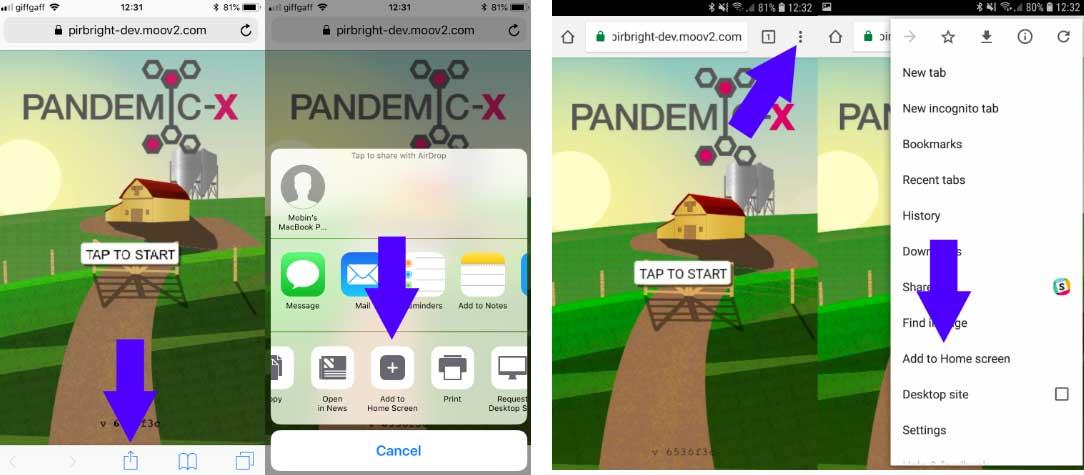Fighting killer diseases
A pandemic is a worldwide spread of a new disease. Flu is the most well known - the 2009 swine flu pandemic killed over 200,000 people worldwide.
Pandemics can have a devastating effect on the lives of people and animals around the world.

Pandemics to watch out for
New viral threats to both human and animal populations are continually emerging and re-emerging across the world, such as flu, Zika and Ebola.
Pandemics in animals, like African swine fever, foot-and-mouth disease and bluetongue, can have devastating effects on the livelihood of farmers and the welfare of animals. There are also some viruses that can also jump from animals to humans with major consequences for health, such as bird or swine flu and Nipah virus - these are termed ‘zoonotic’ diseases.
It is critical that scientists have the knowledge and tools to help prevent and control highly infectious diseases of animals and people which could become pandemics. Research is being undertaken across a number of different areas.
What is Pirbright doing?
Predicting pandemics
When a new virus emerges it is essential that we spot it early and try to predict where it may spread. With this information, we can use the tools we have to respond to outbreaks more effectively and hopefully control the disease before it spreads too widely. These tools may include vaccination, antiviral medication, reducing the movement of livestock, quarantine procedures and culling of affected livestock.
Disease destruction
By identifying diseases before they emerge scientists can keep one step ahead. We do this using diagnostics and surveillance.
Diagnostic tests are able to reveal which type of virus you are dealing with, where it is likely to have come from and whether similar viruses have previously been identified. This information helps us to decide which control method will work best against that specific virus and how long counter-measures are likely to take to develop.
Surveillance then enables us to track the spread of a virus, which can involve vets and farmers reporting potential cases, or systematic sampling of animals. Mathematical modelling can be used to both predict where the virus may move next and assess the impact of control measures. We can then use this information to target global hotspots with control measures that can prevent the spread of disease.
Responding to outbreaks
If a disease is detected in livestock then one of the quickest ways to respond is to quarantine the animals, which prohibits infected animals from moving. This means farmers cannot trade which has an impact on economic and food security as well as health. This is not a perfect method because sometimes a disease can spread beyond a quarantine. For example, bluetongue virus is spread by insects (midges) and can therefore be carried across quarantine zones and continue to spread.
Biosecurity
Once a highly infectious disease is confirmed at a location, such as a farm, biosecurity measures prevent the virus leaving the site on people, animals, shoes, vehicles or equipment. Vehicles are sprayed and driven through disinfectants to decontaminate their wheels and people must wear special clothing when working on an infected premises which must be removed and disinfected before leaving.
Developing vaccines
Another method in our arsenal is vaccination. Vaccines can prevent animals and people from becoming fully infected with viruses, but they can take time to develop, produce and distribute, especially if a virus has never been seen before. Vaccines are sometimes expensive and do not always provide lifetime protection against a disease.
If an effective vaccine can be developed and given to enough animals then this can stop the spread of a virus in its tracks. But it must be done quickly!
In a global outbreak of a virus, deciding when and how to develop vaccines is a difficult challenge. We have to work out how the virus infects new hosts, how fast it might spread and how deadly it is, but also balance this against the cost of development and deployment.
COVID-19
Pirbright's longstanding expertise in viral diseases is helping us to provide vital services and information that will help to tackle the life changing pandemic caused by COVID-19.
Can you stop Pandemic-X?

Open the app and follow the Pandemic-X game instructions on how to prevent a pandemic in a network of farms. Use the control methods available to you and see how quickly you can stop the spread of disease. Good luck!
Mobile installation instructions
The game can be played in any web browser but is best when installed on your mobile device.
Open the game, then press the share button (iOS) or menu button (Android) and then choose "Add to home screen". See the images below and follow the blue arrows:

Once that is done, close your browser and you can launch the game full-screen from your device home screen.
